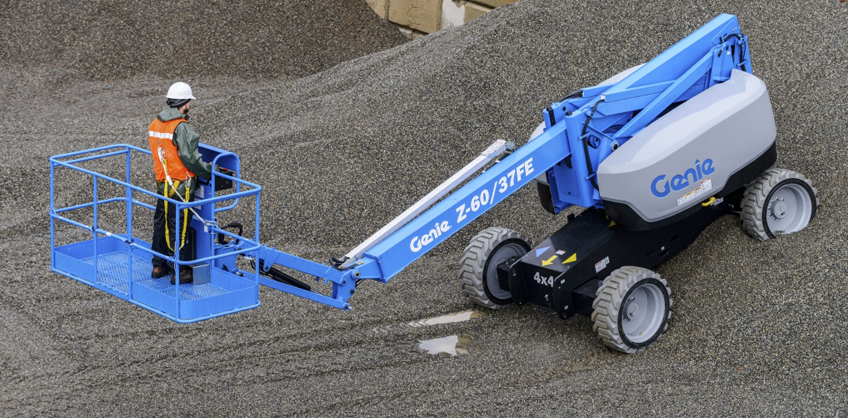Innovation with a Purpose
by Chad Hislop - Sr. Director of Product Management On Jul 4, 2019, 03:00 AM
Subscribe To Aerial Pros
Filter by tags
There is a lot of buzz in the industry swirling around technology and innovation. And why not? Manufacturers use modern innovations to improve machine productivity, efficiency and versatility.
While it’s cool to have the latest and greatest gadgets on a machine, we at Genie thoroughly analyze the cost associated with new technology and whether it positively — or negatively —impacts our rental customers’ bottom line and our operators’ productivity. We don’t innovate for the sake of innovation; we innovate to build businesses that are successful.
We understand that innovation is good — but, when we are developing new technologies and solutions for our equipment, these innovations must advance safety and/or increase the number of rental days/applications without significantly impacting the machine’s cost.
To do this, we constantly ask ourselves: Will this new technology or tool help operators get the job done faster? Does it advance the equipment’s safe operation? Can it increase application versatility? Will it increase the machine’s utilization to provide a positive rental return on invested capital (rROIC)?
These are just a few of the tough questions we ask before investing in the latest innovations. Another important step we take in the evaluation process is that we also carefully analyze our customers’ feedback of the new technology and tools before it goes into our equipment. We call it “purposeful innovation.”
Here are a couple of recent examples that demonstrate how we put our philosophy into action…
Innovation Driven by Safety
Sometimes industry standards and regulations dictate innovation. Soon the new ANSI A92/CSA B354 standards will go into effect for mobile elevating work platforms (MEWPs), which impact all aerial equipment in North America — and, in turn, globally. One of the requirements in the new standards is that all MEWPs must be equipped with load sensing, which is designed to prevent an operator from overloading the platform. With today’s load sensing technology, once the MEWP’s load rating is exceeded the machine will stop until the issue is resolved.
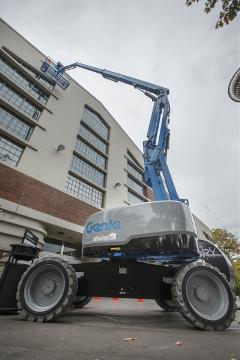 Anticipating these new standards, we worked with our rental customers for years to develop and introduce the Genie® Xtra Capacity™ (XC™) telescopic and articulated boom models. This innovation addressed a significant impact of the new safety standards — platform capacity and load sensing.
Anticipating these new standards, we worked with our rental customers for years to develop and introduce the Genie® Xtra Capacity™ (XC™) telescopic and articulated boom models. This innovation addressed a significant impact of the new safety standards — platform capacity and load sensing.
Genie XC booms offer industry-leading dual-lift capacity of 660 lb (300 kg) unrestricted and 1,000 lb (454 kg) restricted. This offers enough capacity for up to three workers in the platform, along with tools and platform options. For rental businesses, this means a wider array of applications for boom utilization and more fleet flexibility. For customers, it means being able to do more with one machine.
Genie XC booms include simple load cell load-sensing technology. The protected load cell has no moving parts, which offers excellent reliability. This boom innovation offers easy calibration in the field without putting a load in the platform, so the machine can stay in service longer until it goes back into the service facility for full load calibration, if needed.
Performance Innovation
Another example of “purposeful innovation” is the Genie Z®-60 FE articulated boom, which features our “Fuel Electric” (FE) hybrid system that provides several significant advancements over other hybrid technologies. This new design, also introduced recently on the Genie Z-45 FE boom, includes a new drive system, increased performance and unprecedented applications flexibility. This delivers improved rROIC, since there is a negligible cost difference between the FE model diesel/hydraulic units, while offering similar performance.
These booms’ simple AC direct drive system is 50% more efficient than DC electric-over-hydraulic drives to maximize battery life. Service requirements and operating costs are reduced, since the number of hydraulic valves, hoses and fittings are lower, and there are no brushes to replace or commutators to service.
Additionally, the Genie FE hybrid system addresses inefficiencies in the hydraulic lift, so it requires only 60 to 70% of the energy required by diesel-over-hydraulic units. That’s why Genie FE units are powered by a much smaller mechanical engine that does not require EGR, SCR or DPF aftertreatment to meet emissions standards. The Genie FE models can operate about a week on its small fuel tank.
And, Genie FE units can provide your rental company with significantly higher application utilization because they can be operated in “Hybrid” mode for outdoor rough terrain applications without concern of full battery discharge; they also have “DC” mode for zero-emissions operation, allowing the units to be used indoors.
Our world is changing, and innovations are helping all of us — manufacturers, rental companies, contractors and operators — do things faster and smarter than ever before. To make sure Genie MEWPs machine continue to offer industry-leading productivity, efficiency and utilization, we develop purposeful innovations that help drive more value for our customers and operators.
Related Posts
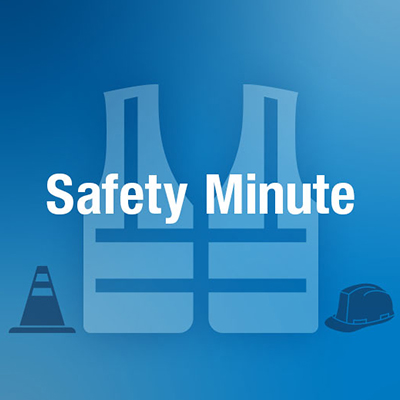
Genie Safety Minute: Genie XC Boom Lifts vs. Genie Non-XC Boom Lifts
Genie Safety Minute is intended to facilitate health and safety discussions on the job site.
Continue Reading
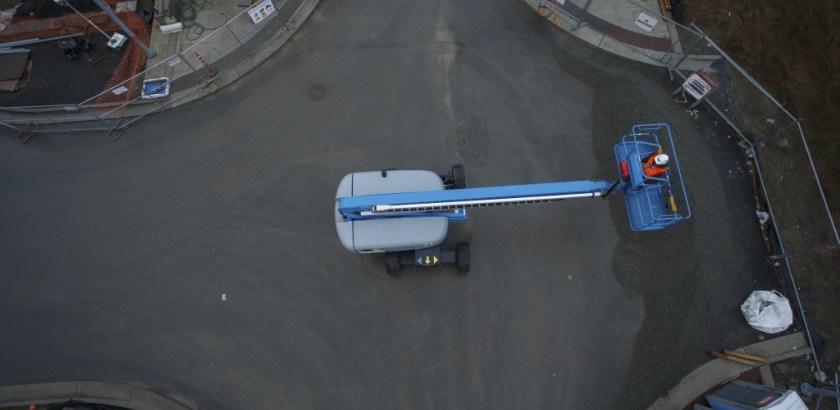
Language and Terminology Changes in the ANSI A92 and CSA B354 Standards Updates
ANSI A92 and CSA B354 standards are about to get a facelift.
Continue Reading
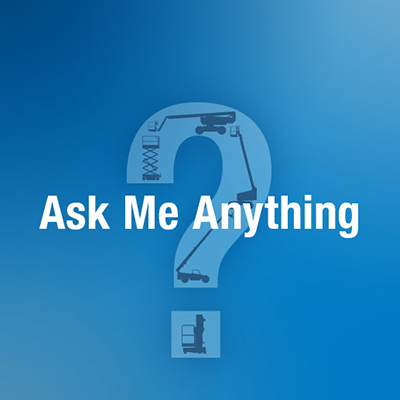
ANSI & CSA Standards | Ask Me Anything June 10th-14th, 2019
Welcome to Ask Me Anything with Scott Owyen on the new ANSI and CSA Standards!
Continue Reading


